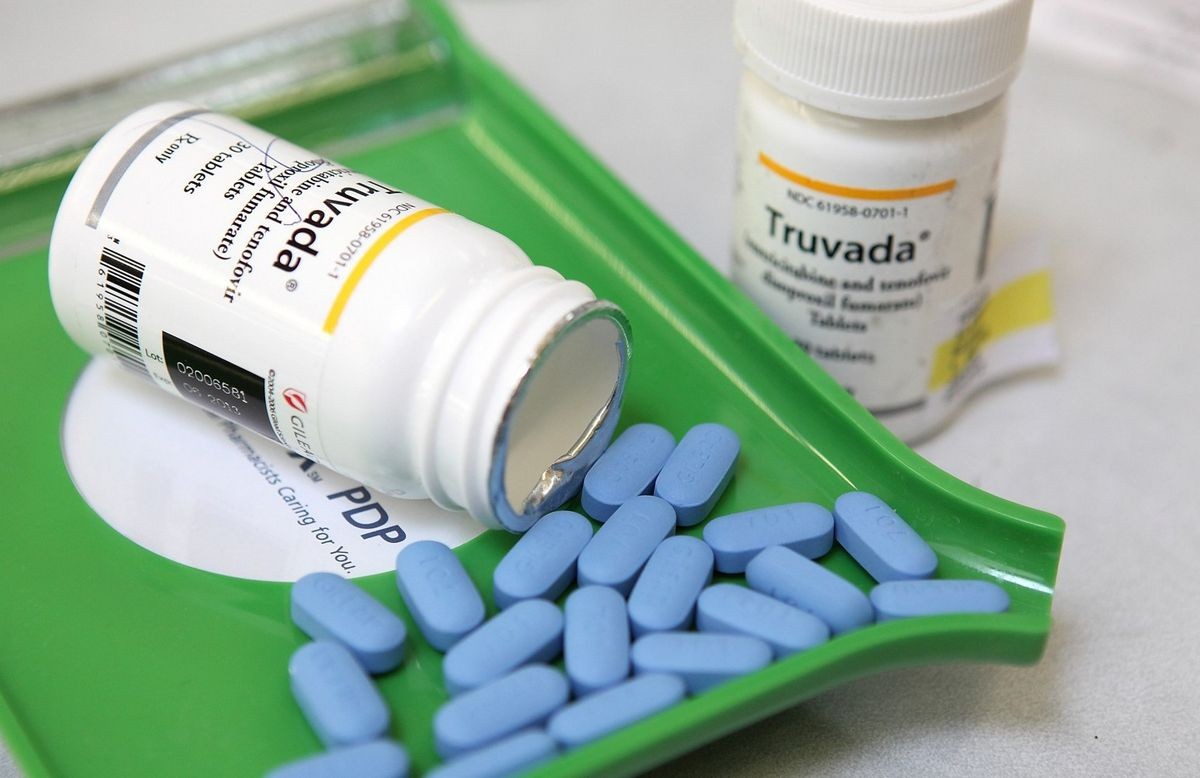
Contents
Treatment-naive patients have more antiretroviral therapy alternatives than treatment-experienced individuals.
Treatment-naive individuals have not received antiretroviral medication for their illness.
Treatment guidelines for treatment-naive individuals include regimens such as:
- Nucleoside (and nucleotide) reverse transcriptase inhibitors (NRTIs)
- Nonnucleoside reverse transcriptase inhibitor (NNRTI)
- Ritonavir-boosted protease inhibitor (PI)
- Integrase strand transfer inhibitor (INSTI)
NRTIs
- Tenofovir-emtricitabine:
- Tenofovir is a prodrug converted into its active form in the body. The active metabolites of tenofovir are tenofovir disoproxil fumarate (TDF) and tenofovir alafenamide (TAF). Tenofovir-diphosphate is the intracellular, active molecule against hepatitis B virus. TDF and TAF are combined with emtricitabine and various third agents.
- Tenofovir disoproxil fumarate-emtricitabine is well tolerated and efficient in decreasing HIV RNA when combined with other third agents. TDF is linked to renal toxicity and should be avoided in individuals with impaired kidney function.
- Tenofovir alafenamide-emtricitabine is more efficient and has better renal and bone safety than tenofovir disoproxil fumarate-emtricitabine. TAF can be given to individuals with moderately impaired kidney function.
- TAF is associated with weight gain, possibly due to suppressing weight. TAF has drug interactions and is usually avoided in individuals on specific drugs, such as rifamycin and certain anticonvulsants.
- Abacavir-lamivudine:
- Abacavir-lamivudine is another widely used NRTI combination. Abacavir is not recommended for people with certain genes (HLA-B*5701) that increase sensitivity to the drug.
- Abacavir is less toxic to the kidneys and bones than TDF, but concerns exist regarding its usage in individuals with high virus loads or at risk of cardiovascular disease.
NNRTI
NNRTIs are often used in conjunction with a tenofovir-containing NRTI combination. The most widely used NNRTIs for treatment-naive patients are efavirenz, rilpivirine, and doravirine.
- Efavirenz:
- Efavirenz was a commonly used third agent, but it is now considered an alternate choice. Efavirenz has a high risk of adverse effects including neurologic and mental side effects.
- Rilpivirine:
- Rilpivirine is well tolerated and has a good lipid profile. It is restricted to individuals with specific baseline viral load and CD4 count criteria and should be taken with a meal. It is not recommended with proton pump inhibitors.
- Doravirine:
- Doravirine is a newer NNRTI with fewer negative effects on the central nervous system and better lipid profiles than some other NNRTIs.
PIs
PIs are usually given in combination with a nucleoside combination, often with ritonavir or cobicistat as boosting agents. Boosted darunavir is often favored as a first-line PI treatment due to better tolerability.
PIs have adverse effects such as hyperglycemia, diabetes, hyperlipidemia, and medication interactions. However, they have a high barrier to resistance and are occasionally recommended for patients with irregular drug intake.
INSTI
INSTIs such as dolutegravir or bictegravir are included in preferred regimens for most patients. These agents are well tolerated but may cause weight gain.
Dolutegravir, bictegravir, and raltegravir have limited drug interactions. Elvitegravir is no longer recommended due to significant medication interactions. INSTIs interact with cation-containing substances like calcium, iron, or magnesium.
- Raltegravir:
- Raltegravir has the most clinical experience among INSTIs and the fewest drug interactions. It is available as different dosage forms and is not a single-pill regimen.
- Dolutegravir:
- Dolutegravir is well tolerated, resistance is rare, and it is available as a co-formulated tablet.
- Dolutegravir has more medication interactions than raltegravir but fewer than elvitegravir/cobicistat.
- Bictegravir:
- Bictegravir is included in a single-pill regimen and has no evidence of resistance.
- Some medication interactions are observed, and weight gain is similar to dolutegravir.
- Cabotegravir:
- Cabotegravir is a new integrase inhibitor, available in oral and long-acting injectable formulations.
- It should only be used in virologically suppressed patients switching regimens.
Treatment selection and adjustment are based on viral load and CD4 cell count measurements. Regular monitoring is important due to increasing transferred drug resistance.
PI-based regimens may be preferable for individuals with resistance. Art combinations continue to evolve, but evidence is insufficient to favor newer combinations over classical ones. Co-formulations and single-tablet regimens improve adherence.
Treatment-naive patients have more therapy alternatives due to the absence of resistance. ART aims to minimize morbidity, mortality, and HIV transmission by suppressing viral load and maintaining immunologic function.
By clicking Submit, I agree to the MedicineNet’s Terms & Conditions & Privacy Policy and understand that I may opt out of MedicineNet’s subscriptions at any time.


